
Author: ananya kondiparthy


New start-up launches 3D printed eye-wear, that will perfectly fit your face
April 21, 2015
No Comments
Read More »
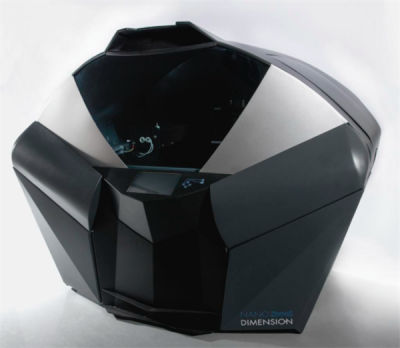
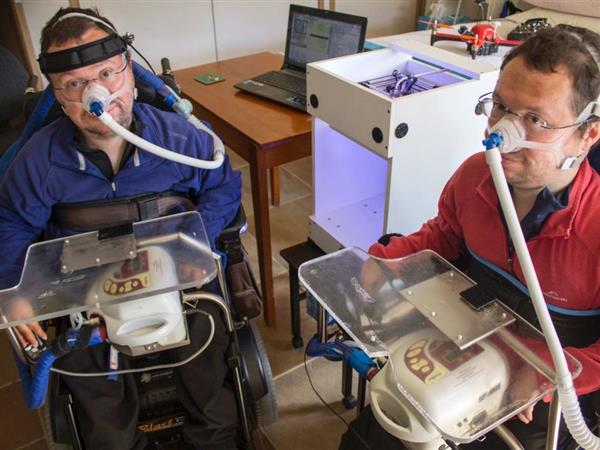
Twins fought against Muscular Dystrophy taking help of 3D Printing Technology
April 20, 2015
No Comments
Read More »

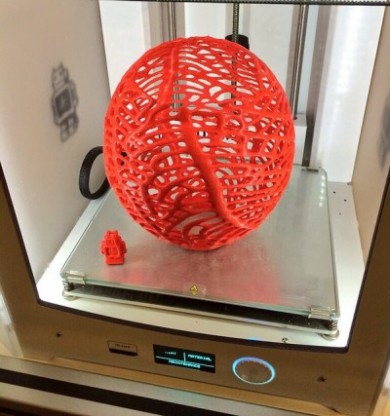
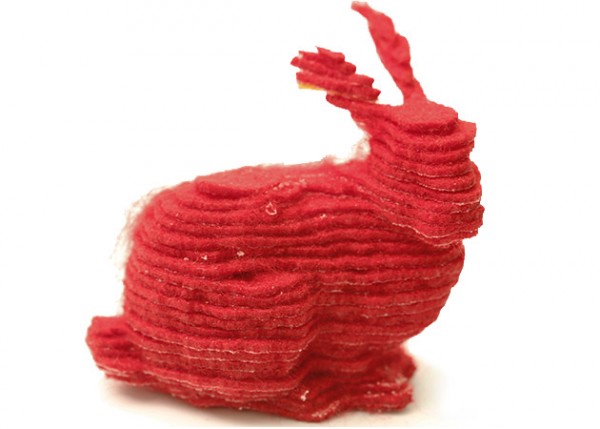
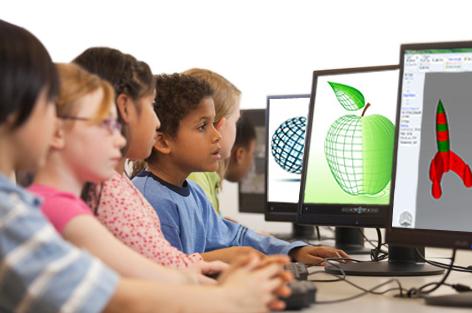
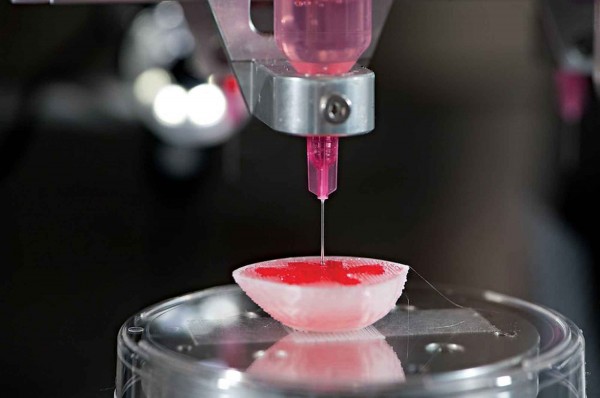
Research Institute creates a beating heart cell with 3D printing technology
April 17, 2015
No Comments
Read More »